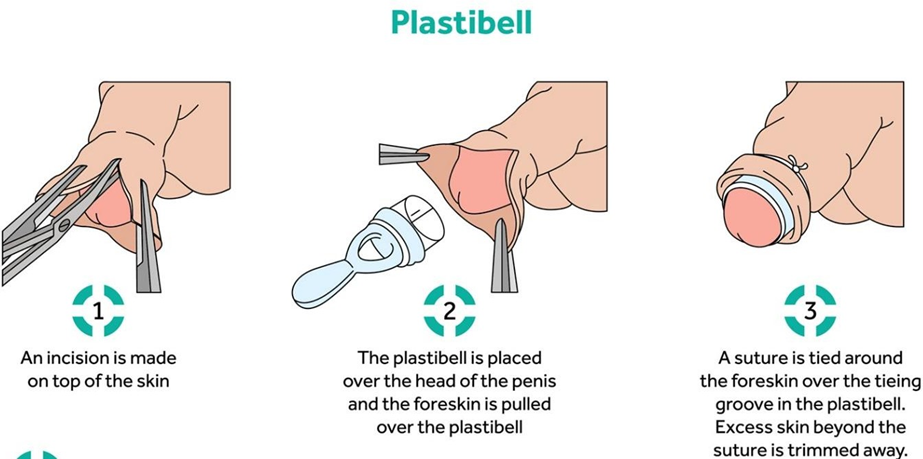A nurse in a provider's office is caring for a 20-year-old client who is at 12 weeks of gestation and requests an amniocentesis to determine the sex of the fetus. Which of the following responses should the nurse make?
"Your provider will schedule a chorionic villus sampling to determine the sex of your baby."
"This procedure determines if your baby has genetic or congenital disorders."
"We can schedule the procedure for later today if you'd like."
"You cannot have an amniocentesis until you are at least 35 years of age."
The Correct Answer is B
Rationale:
A. "Your provider will schedule a chorionic villus sampling to determine the sex of your baby." Chorionic villus sampling (CVS) is a different prenatal test that involves taking a sample of chorionic villi for genetic testing, not determining the sex of the fetus.
B. "This procedure determines if your baby has genetic or congenital disorders."
Correct answer.
Amniocentesis is a prenatal test used to diagnose genetic disorders or chromosomal abnormalities, not to determine the sex of the fetus.
C. "We can schedule the procedure for later today if you'd like." Amniocentesis is not typically scheduled on the same day as requested. It requires prior preparation and scheduling.
D. "You cannot have an amniocentesis until you are at least 35 years of age." There's no age restriction for amniocentesis based solely on maternal age. It's typically recommended for women at higher risk for genetic conditions, regardless of age.
Nursing Test Bank
Naxlex Comprehensive Predictor Exams
Related Questions
Correct Answer is A
Explanation
Rationale:
A. When teaching parents about the Plastibell circumcision technique, it's important to explain that a yellow exudate (sometimes referred to as granulation tissue) will typically form at the surgical site within 24 hours after the procedure. This is a normal part of the healing process and should not be a cause for concern.
B. The end of the penis will likely get red, then develop a yellow discharge, and finally scab over, “like a skinned knee.” This is the normal healing process and will progress over the 7-14 days that the Plastibell Ring stays on. The correct size Plastibell Ring is secured with a string and the excess skin trimmed. The skin that overlaps the ring will turn dark “like the umbilical cord” before the ring falls off at 7-14 days.
C. The Plastibell is typically left in place for several days, not removed 4 hours after the procedure.
D. Ensuring the newborn's diaper is snug may help keep the Plastibell in place, but it is not the most crucial aspect of care related to the circumcision technique.

Correct Answer is A
Explanation
A.
Rationale:
A. Excessive crying:
Correct answer. Neonatal abstinence syndrome (NAS) often presents with irritability, inconsolable crying, and difficulty soothing.
B. Decreased muscle tone: NAS can cause hypertonia or increased muscle tone rather than decreased muscle tone.
C. Absent Moro reflex: NAS may cause hyperactive Moro reflex rather than absent.
D. Diminished deep tendon reflexes: NAS can cause hyperactive deep tendon reflexes rather than diminished.
Whether you are a student looking to ace your exams or a practicing nurse seeking to enhance your expertise , our nursing education contents will empower you with the confidence and competence to make a difference in the lives of patients and become a respected leader in the healthcare field.
Visit Naxlex, invest in your future and unlock endless possibilities with our unparalleled nursing education contents today
Report Wrong Answer on the Current Question
Do you disagree with the answer? If yes, what is your expected answer? Explain.
Kindly be descriptive with the issue you are facing.
